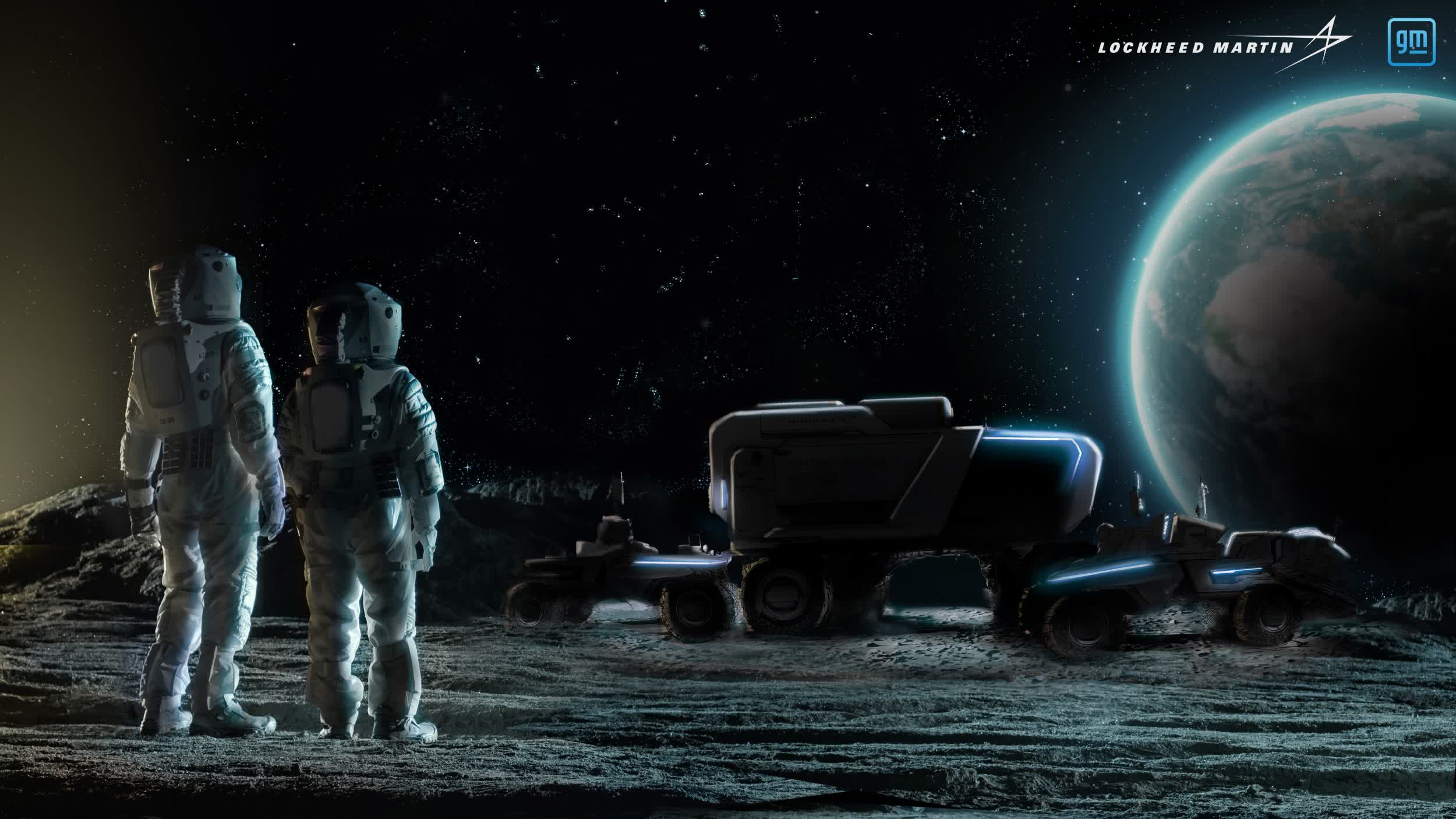In brief: General Motors Co. and Lockheed Martin have been selected to develop rovers for humanity's return to the Moon. The Lunar Terrain Vehicle (LTV), the first of many types of surface mobility vehicles that will be needed, is being designed to travel much further away from the landing site than earlier Apollo rovers, including the Moon's south pole.
NASA earlier this year awarded SpaceX and Blue Origin lucrative contracts to help it build lunar landing equipment for the Artemis program. Now, the space agency is turning its attention to lunar surface transportation.
NASA last year mandated that future rovers must have autonomous capabilities, and be driven by electricity. The agency put out a call to leaders across a variety of industries, with GM and Lockheed Martin ultimately being selected.
Both companies have a long history of working with NASA on space exploration projects. GM was responsible for the inertial guidance and navigation systems for the entire Apollo Moon program, and developed the chassis and wheels used during the Apollo 15-17 missions.
Defense contractor Lockheed Martin has built spacecraft and systems that have visited every planet in the solar system, and has been part of every NASA mission to Mars. The company also played a major role in the space shuttle program and helped create power systems for the International Space Station.
Artemis is expected to put humans on the Moon sometime in the mid-2020s. In the much closer future (assuming there are no more delays), space enthusiasts can look forward to NASA's launch of the James Webb Space Telescope, which is set for October 31, 2021.
